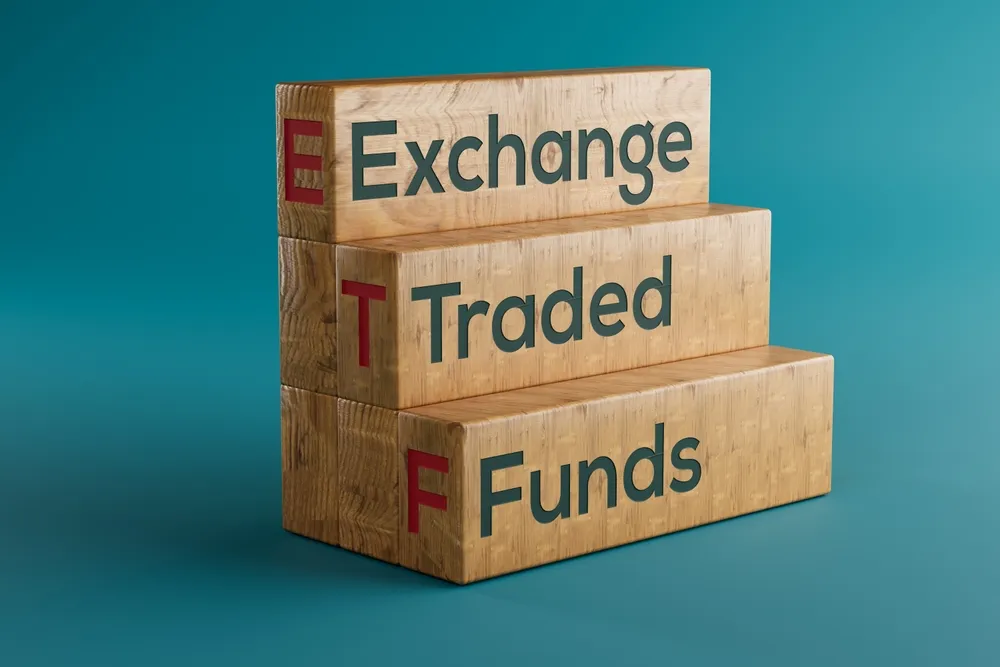Personal Finance News
Top passive ETFs with the lowest 10-year tracking differences
.png)
4 min read | Updated on September 12, 2024, 17:21 IST
SUMMARY
In this article, we compare five leading equity ETFs - SBI, Aditya Birla Sun Life, ICICI, Kotak, and Nippon India based on their tracking difference over the 10 years. Tracking difference measures how closely an ETF mirrors its benchmark's returns. The funds highlighted have shown minimal deviation, helping long-term investors align closely with index performance.

ETFs investing is passive way of investing which replicates its underlying index
When analysing an exchange-traded fund (ETF), one parameter to consider is the tracking difference which indicates the gap between the fund’s performance and that of its benchmark index. In the long run, this difference can have a greater impact on returns than the expense ratio. For long-term investors, minimum difference ensures the ETF closely mirrors the performance of the benchmark. We have selected the top ETFs that have achieved the lowest tracking difference in the last 10 years.
Tracking Error And Tracking Error Difference
Tracking error and tracking error differences are two distinct concepts in finance. Tracking error measures how closely a portfolio or fund follows its benchmark index, based on the difference between the fund's returns and the benchmark's returns over time. Tracking error difference, compares the tracking errors of two funds or portfolios, showing the difference between how each one deviates from their respective benchmarks.
Top Five ETFs with Lowest Tracking Difference in las 10 Years
| Scheme Name | AUM (Cr) | TER (%) | Tracking Error | 10-Year Tracking Difference |
|---|---|---|---|---|
| SBI BSE Sensex ETF | 1,23,085.52 | 0.04 | 0.03 | -0.08 |
| ABSL Nifty ETF | 2,667.15 | 0.06 | 0.04 | -0.16 |
| ICICI Prudential Nifty 50 ETF | 18,557.08 | 0.03 | 0.03 | -0.16 |
| Kotak Nifty 50 ETF | 2,558.95 | 0.04 | 0.03 | -0.17 |
| Nippon India ETF Nifty 50 BeES | 31,055.32 | 0.04 | 0.03 | -0.17 |
How to decode tracking differences?
A tracking error difference of -0.08 indicates that the fund's returns are slightly below its benchmark’s returns, reflecting deviation.
SBI BSE SENSEX ETF was launched on March 8, 2013 and tracks the BSE Sensex as its benchmark. It is an open-ended scheme with a minimum investment requirement of ₹5,000 and no minimum top-up amount. The total assets under management are ₹1,23,085.52 crore as of July 31, 2024. The NAV as of September 4, 2024, is ₹899.41. The compound annual growth rate (CAGR) since inception is 15.19%, compared to the benchmark's return of 15.37%. The scheme has a tracking error of 0.03 and a tracking difference of -0.08 over the last 10 years.
Aditya Birla Sun Life Nifty ETF is an equity ETF launched on July 22, 2011. It tracks the NIFTY 50 TRI index with a minimum investment requirement of ₹5,000 and a minimum top-up of ₹1,000. The fund's total assets as of July 31, 2024, stand at ₹2,667.15 crore, with no exit load. As of September 4, 2024, the NAV is ₹28.90. The fund has achieved a CAGR of 13.27% since inception, compared to the benchmark return of 14.43%. The scheme has a tracking error of 0.04 and a tracking difference of -0.16 over the last 10 years.
ICICI Prudential Nifty 50 ETF was launched on March 20, 2013. It tracks the NIFTY 50 TRI benchmark. The scheme is open-ended, with a minimum investment of ₹5,000 and no minimum top-up requirement. The fund had total assets of ₹18,557.08 crore as of July 31, 2024. There is no exit load. The NAV on September 4, 2024, stood at ₹279.486. The fund's CAGR since inception is 14.93%, while the benchmark's CAGR is 14.43%. The scheme has a tracking error of 0.03 and a tracking difference of -0.16 over the last 10 years.
Kotak Nifty 50 ETF launched by Kotak Mahindra Mutual Fund on February 02, 2010, is an equity ETF benchmarked to the NIFTY 50 TRI. It is an open-ended scheme with a minimum investment of ₹5,000 and no minimum top-up amount. The total assets under management are ₹2,558.95 crore as of July 31, 2024, and no exit load. The NAV as of September 04, 2024, is ₹273.64, . The compound annual growth rate (CAGR) since inception is 12.72%. The scheme has a tracking error of 0.03 and a tracking difference of -0.17 over the last 10 years.
Nippon India ETF Nifty 50 BeES, launched by Nippon India Mutual Fund on December 28, 2001, tracks the NIFTY 50 TRI benchmark. It is an open-ended scheme with a minimum investment of ₹10,000 and a minimum top-up of ₹1,000. As of July 31, 2024, the total assets are ₹31,055.32 crore, with no exit load. The NAV as of September 4, 2024, is ₹280.99. The CAGR since inception is 15.09%. The scheme has a tracking error of 0.03 and a tracking difference of -0.17 over the last 10 years.
By signing up you agree to Upstox’s Terms & Conditions
About The Author
Next Story

